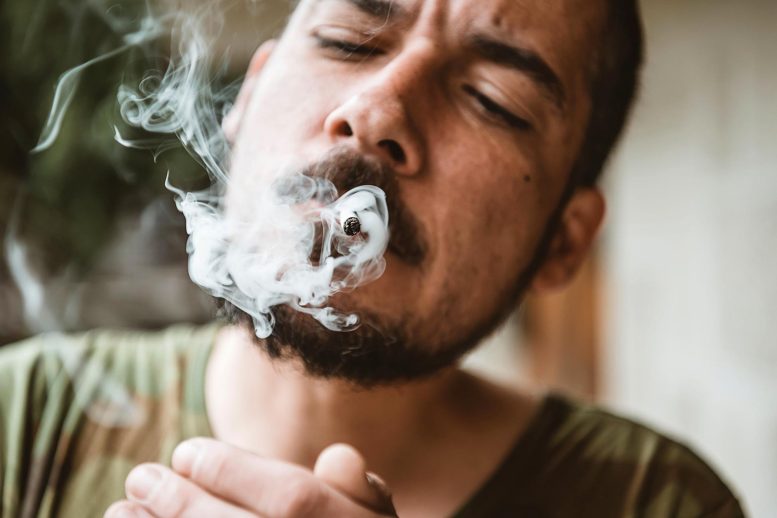
- Among adults with a certain type of bleeding stroke, those who used marijuana within the last 3-30 days were more than twice as likely to develop a serious stroke complication that increases the risk of death and disability.
- The study is the largest to examine the impact of THC, the mood-changing ingredient in marijuana, on complications after a bleeding stroke.
Among people with an aneurysmal subarachnoid hemorrhage (aSAH) stroke, a type of bleeding stroke, recent marijuana users were more than twice as likely to develop a dangerous complication that can result in death or greater disability, according to new research published today in Stroke, a peer-reviewed journal of the American Stroke Association, a division of the American Heart Association.
The study is the largest to examine the impact of THC or Tetrahydrocannabinol, the psychoactive component (change of a person’s mental state) of marijuana on complications after an aneurysmal subarachnoid hemorrhage (a rare but severe form of stroke).
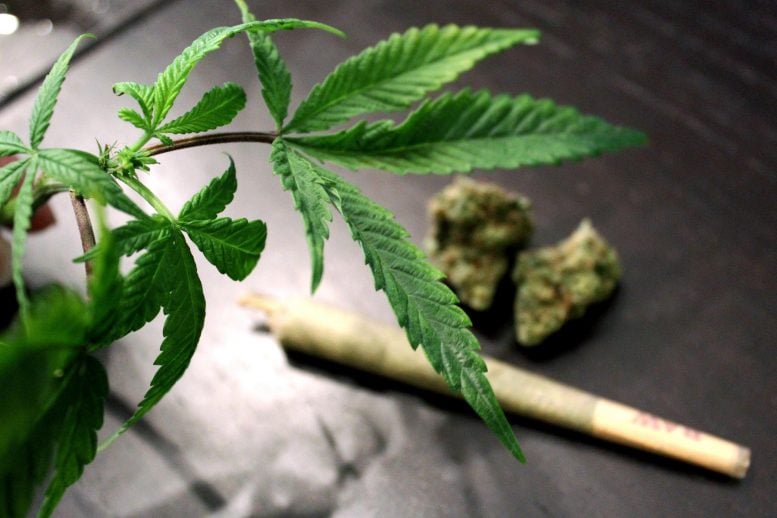
Marijuana. Credit: Copyright American Heart Association
In an aneurysmal subarachnoid hemorrhage, a weakened and bulging part of a blood vessel bursts on the surface of the brain (called a ruptured aneurysm), resulting in bleeding in the space between the brain and the tissue that covers it. This type of stroke can be devastating, resulting in neurological disability in about 66% of people and death (during the follow up period) in about 40%. The immediate treatment of an aneurysmal subarachnoid hemorrhage focuses on stopping and preventing further bleeding. However, despite treatment, in the 14 days following an aneurysmal subarachnoid hemorrhage, many patients may develop worsening symptoms (such as speech problems or difficulty moving). This is caused by blood from the initial stroke irritating blood vessels, causing them to constrict enough to cut off the blood supply to a portion of the brain (called a vasospasm), resulting in more brain damage. This complication, called delayed cerebral ischemia, is a leading cause of death and disability after an aSAH stroke.
“We’re all vulnerable to a bleeding stroke or a ruptured aneurysm, however, if you’re a routine marijuana user, you may be predisposed to a worse outcome from a stroke after the rupture of that aneurysm,” said Michael T. Lawton, M.D., senior author of the study and president and CEO of Barrow Neurological Institute in Phoenix, Arizona.
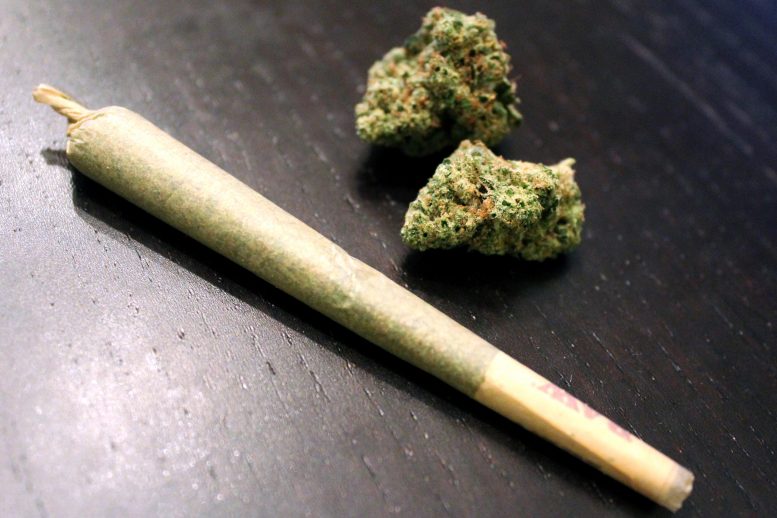
Marijuana Cigarette. Credit: Copyright American Heart Association
Researchers analyzed data on more than 1,000 patients who had been treated for aneurysmal subarachnoid hemorrhage at Barrow Neurological Institute between January 1, 2007 to July 31, 2019. All patients had been treated to stop the bleeding either via 1) open surgery to clip off the base of the aneurysm, or, 2) noninvasively, by threading a slim tube through a blood vessel to the base of the aneurysm and releasing coils that fold to fill in the space and provide a barrier to further bleeding.
Urine toxicology screening was performed on all patients admitted with ruptured aneurysms. The study compared the occurrence of delayed cerebral ischemia in 46 people (average age of 47 years; 41% female) who tested positive for THC (the component of cannabis, also known as marijuana, that induces a high) and 968 people (average age 56 years, 71% female) who tested negative for THC. A positive urine screen for THC reflects cannabis exposure within three days for a single use to within approximately 30 days for frequent heavy use.
The recent cannabis users did not have significantly larger aneurysms or worse stroke symptoms when admitted to the hospital, and they were not more likely to have high blood pressure or other cardiovascular risk factors than patients who screened negative for THC. However, recent cannabis users were significantly more likely to have also tested positive for other substances, including cocaine, methamphetamines and tobacco, compared to the patients who screened negative for THC.
Among all participants, 36% developed delayed cerebral ischemia; 50% were left with moderate to severe disability; and 13.5% died.
After adjusting for several patient characteristics as well as recent exposure to other illicit substances, patients who tested positive for THC at last follow up were found to be:
- 2.7 times more likely to develop delayed cerebral ischemia;
- 2.8 times more likely to have long-term moderate to severe physical disability; and
- 2.2 times more likely to die.
“When people come in with ruptured aneurysms, and they have a history of cannabis use or are positive on a toxicology screen, it should raise a red flag to the treating team that they are at higher risk of vasospasm and ischemic complication,” Lawton said. “Of all the substances detected in the toxicology screen, only cannabis raised the risk of delayed cerebral ischemia. Cocaine and meth are hypertensive drugs, so they are likely related to the actual rupture but not expected to have an impact on vasospasm.”
The study does not specifically address how cannabis raises the risk of vasospasm and delayed cerebral ischemia. Lawton noted, “Cannabis may impair oxygen metabolization and energy production within cells. When stressed by a ruptured aneurysm, the cells are much more vulnerable to changes that affect the delivery of oxygen and the flow of blood to the brain.”
The study’s limitations include being conducted retrospectively at a single institution and not being a head-to-head analysis of people who use marijuana and those who don’t.
The researchers are currently conducting follow-up in the laboratory to better understand THC-related risks that may impact aneurysm formation and rupture. They also urge further research to study the impact of various doses of THC on stroke complications.
“Evaluating the risks and benefits of marijuana use is more important given its popularity and as more states make recreational marijuana use legal,” Lawton said.
“The current study is not at the level of science of a randomized controlled trial, but it is a rigorous statistical analysis involving more than 1,000 patients, so the results are important and add to what we already know about possible adverse effects of marijuana use,” said Robert L. Page II, Pharm.D., M.S.P.H., FAHA, chair of the writing group for the American Heart Association’s 2020 cannabis statement and professor in the department of clinical pharmacy and the department of physical medicine/rehabilitation at the University of Colorado Skaggs School of Pharmacy and Pharmaceutical Sciences in Aurora, Colorado.
References:
“Cannabis Use and Delayed Cerebral Ischemia After Aneurysmal Subarachnoid Hemorrhage” by Joshua S. Catapano, Kavelin Rumalla, Visish M. Srinivasan, Mohamed A. Labib, Candice L. Nguyen, Caleb Rutledge, Redi Rahmani, Jacob F. Baranoski, Tyler S. Cole, Ashutosh P. Jadhav, Andrew F. Ducruet, Joseph M. Zabramski, Felipe C. Albuquerque and Michael T. Lawton, 5 January 2022, Stroke.
DOI: 10.1161/STROKEAHA.121.035650
“Can Marijuana Use Lead to Cerebral Ischemia?” by Feras Akbik, Ofer Sadan, 5 January 2022, Stroke.
DOI: 10.1161/STROKEAHA.121.037791
Co-authors are Joshua S. Catapano, M.D.; Kavelin Rumalla, M.D.; Visish M. Srinivasan, M.D.; Mohamed A. Labib, M.D., C.M.; Candice L. Nguyen, B.S.; Caleb Rutledge, M.D.; Redi Rahmani, M.D.; Jacob F. Baranoski, M.D.; Tyler S. Cole, M.D.; Ashutosh P. Jadhav, M.D., Ph.D.; Andrew F. Ducruet, M.D.; Joseph M. Zabramski, M.D.; and Felipe C. Albuquerque, M.D.
The researchers reported no funding sources for this study.

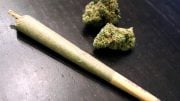
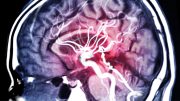
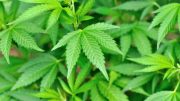
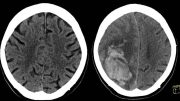
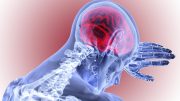
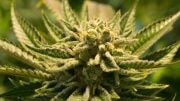
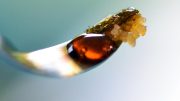

I am not a fan of pot. I had a dog that was terrified of thunder, gunshots, loud noises. I used a product that was expensive and claimed to have no active ingredients of pot and was safe and effective for this. I had a stoned and terrified dog for about 10 hours. I will never touch that stuff again. It was easy enough to train the dog to the fact that all the other dogs and cats got treats every time a loud noise occurred and they were available to him as well. He is 18 years old, weighs 100 lbs and still runs up and down the stairs. No dope required.
I m in Bonnie’s camp when it comes to the use and abuse of marijauna. I strikes me as a fast way to prove Darwin’s observations of survival. In this case it’s the choices made that shorten ones life. Right up there with believing all the spin mongering so one can die sooner.
Sometimes it is really useful.